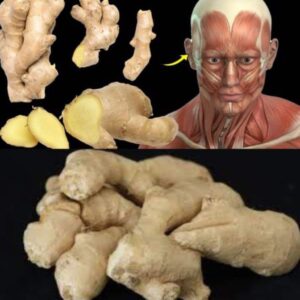Cysts can be caused by infections, tumors, parasites, or injuries. They are typically benign but can sometimes be cancerous. If a person is concerned about a cyst or notices a new lump, they should consult a doctor for an accurate diagnosis and treatment.
A cyst is a small tissue pocket, often filled with fluid or pus, which can form due to an injury or infection. While most cysts are benign, they may require treatment if complications arise.
Cysts are sac-like pockets of tissue containing fluid, air, or other substances and can appear almost anywhere on the body.
There are many types of cysts, most of which are benign. Whether a cyst needs treatment depends on factors such as its type, location, and whether it causes pain, discomfort, or infection.
Cysts can vary in appearance. For example, epidermoid cysts are small, benign bumps filled with keratin, a protein found in skin, hair, and nails. These cysts form when a hair follicle is blocked and skin cells accumulate beneath it. They can appear as skin-colored, tan, or yellowish bumps, typically on the face, neck, or torso, though they can occur elsewhere. Rarely, they may be linked to an inherited condition.





